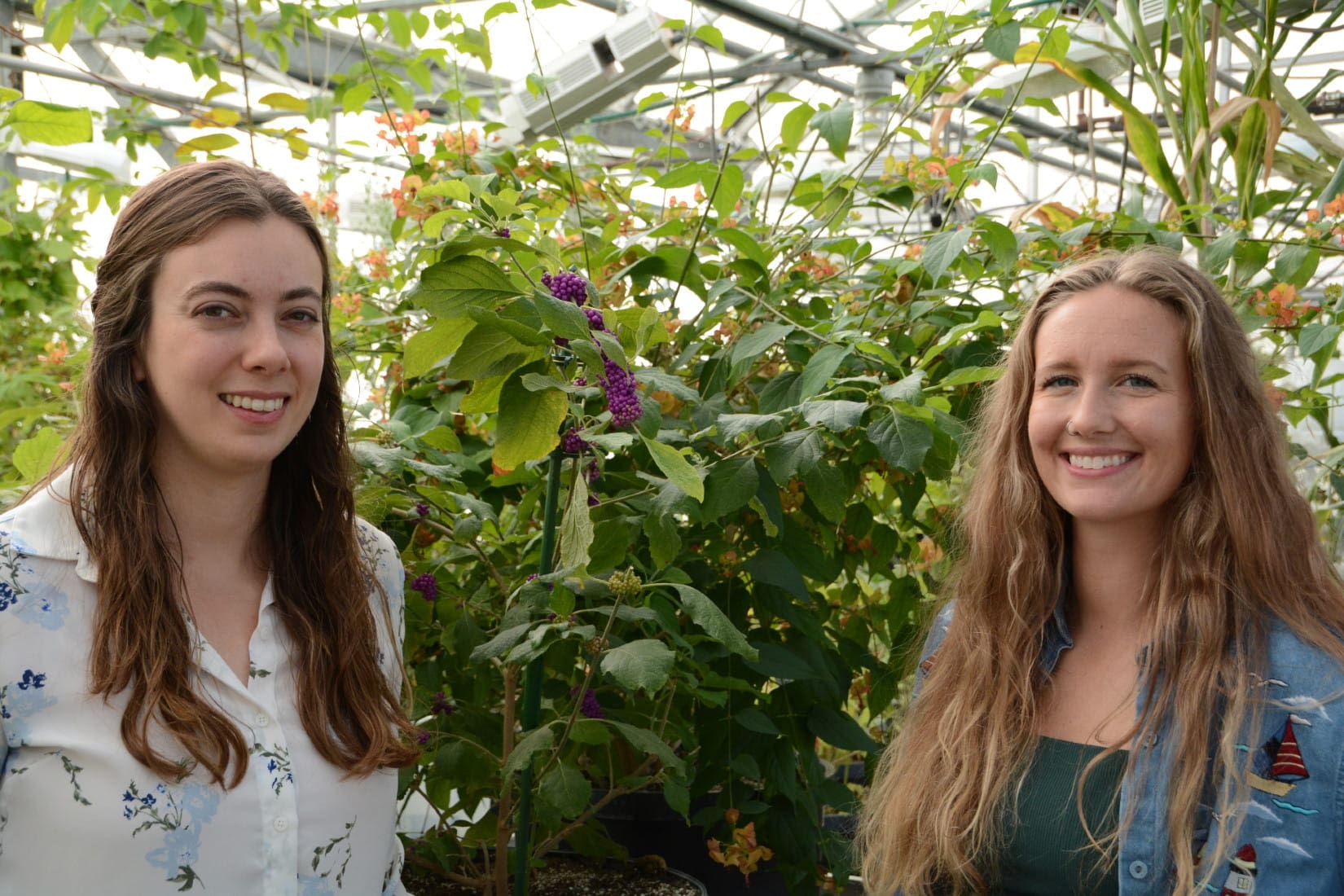Michigan State University researcher Björn Hamberger, an associate professor, and James K. Billman Jr., M.D., Endowed Professor in the College of Natural Science, have found a new use for an ancient mint plant. Michigan State University researchers, including graduate students Emily Lanier and Abigail Bryson, have conducted a comprehensive study to trace the evolution of mint genomes, which have developed specialized natural characteristics through the evolution of their chemistry.
This research has the potential to uncover future applications of mint-derived products, such as medicines, pesticides, and antimicrobials. The research, published in Nature Communications, provides a comprehensive analysis of the mint genome and its diversity. It also highlights how the diversity of the mint family, with their specialized natural characteristics, can be utilized to develop a wide array of innovative and effective products.
The research could pave the way for a better understanding of how plants evolve and how plant-derived products can be used to develop products that can be used in a variety of industries, such as pharmaceuticals, agriculture, and biotechnology. This research could be critical in unlocking the potential of the mint family and other plant-derived products in creating innovative solutions to global health and environmental issues.
To learn more about Professor Hamberger and Professor Billman’s work with mint plants, click here.

